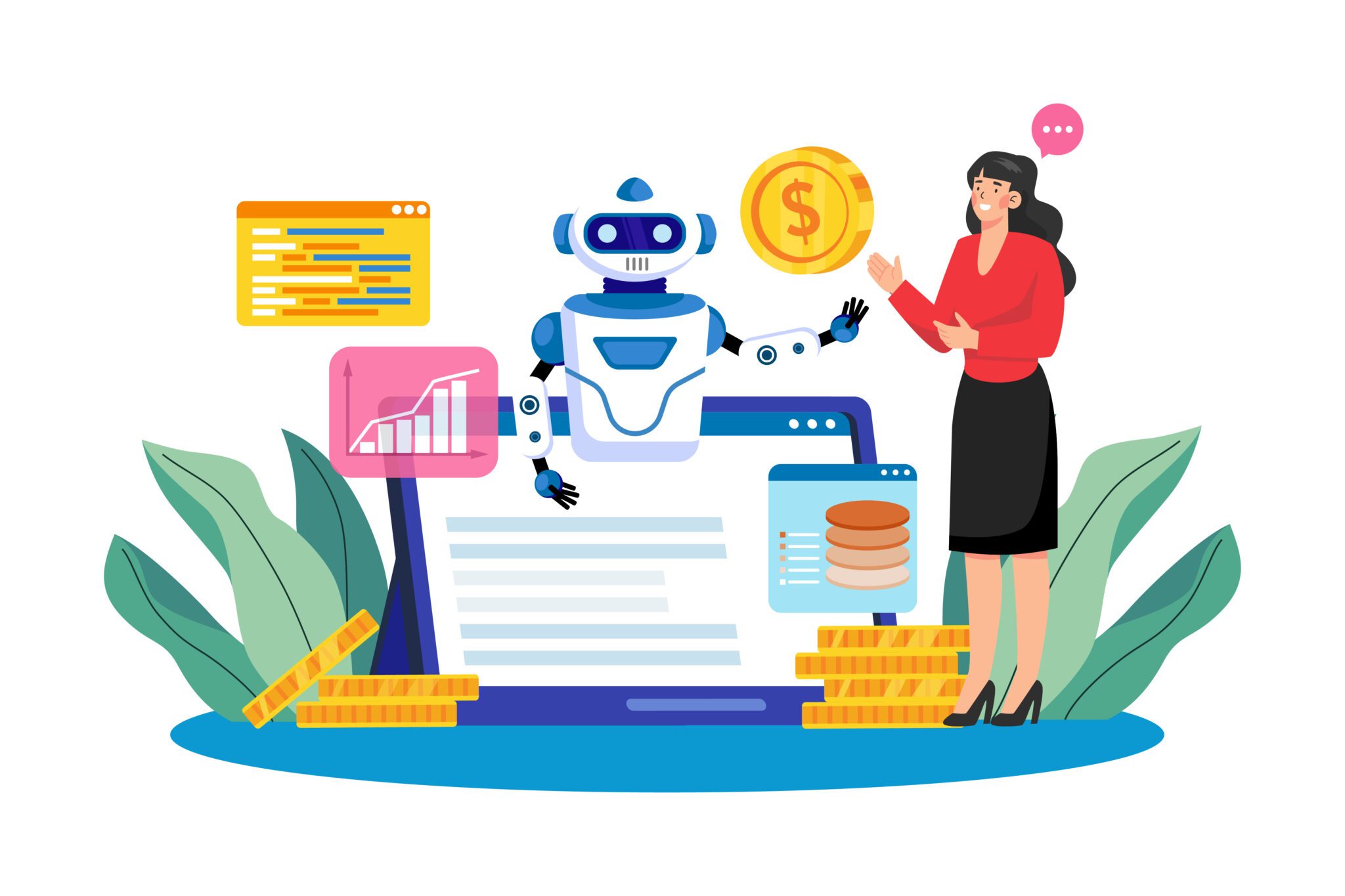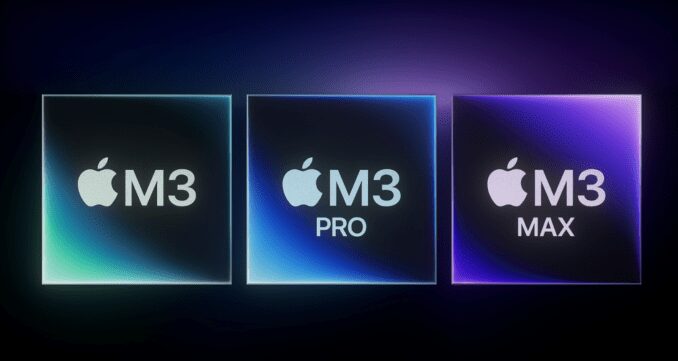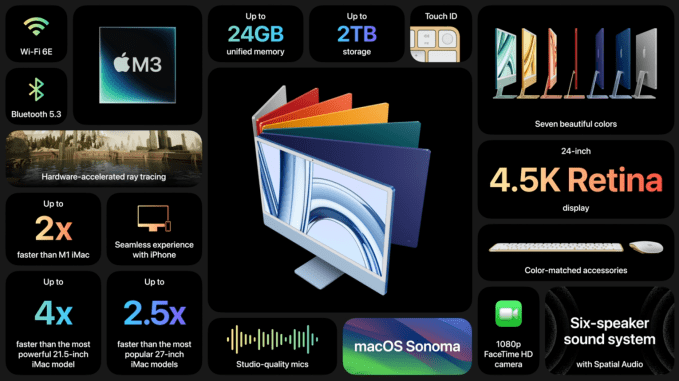I am thinking of starting a company that employs generative AI but I am not sure whether to do it. It seems so easy to get off the ground. But if it is so easy for me, won’t it be easy for others too?
This year, more entrepreneurs have asked me this question than any other. Part of what is so exciting about generative AI is that the upsides seem limitless. For instance, if you have managed to create an AI model that has some kind of general language reasoning ability, you have a piece of intelligence that can potentially be adapted toward various new products that could also leverage this ability — like screen writing, marketing materials, teaching software, customer service, and more.
For example, the software company Luka built an AI companion called Replika that enables customers to have open-ended conversations with an “AI friend.” Because the technology was so powerful, managers at Luka began receiving inbound requests to provide a white label enterprise solution for businesses wishing to improve their chatbot customer service. In the end, Luka’s managers used the same underlying technology to spin off both an enterprise solution and a direct-to-consumer AI dating app (think Tinder, but for “dating” AI characters).
In deciding whether a generative AI company is for you, I recommend establishing answers to the following two big questions: 1) Will your company compete on foundational models, or on top-layer applications that leverage these foundational models? And 2) Where along the continuum between a highly scripted solution and a highly generative solution will your company be located? Depending on your answers to these two questions, there will be long-lasting implications for your ability to defend yourself against the competition.
Foundational Models or Apps?
Tech giants are now renting out their most generalizable proprietary models — i.e., “foundational models” — and companies like Eluether.ai and Stability AI are providing open-source versions of these foundational models at a fraction of the cost. Foundational models are becoming commoditized, and only a few startups can afford to compete in this space.
You may think that foundational models are the most attractive, because they will be widely used and their many applications will provide lucrative opportunities for growth. What is more, we are living in exciting times where some of the most sophisticated AI is already available “off the shelf” to get started with.
Entrepreneurs who want to base their company on foundational models are in for a challenge, though. As in any commoditized market, the companies that will survive are those that offer unbundled offerings for cheap or that deliver increasingly enhanced capabilities. For example, speech-to-text APIs like Deepgram and Assembly AI compete not only with each other but with the likes of Amazon and Google in part by offering cheaper, unbundled solutions. Even so, these firms are in a fierce war on price, speed, model accuracy, and other features. In contrast, tech giants like Amazon, Meta, and Google make significant R&D investments that enable them to relentlessly deliver cutting-edge advances in image, language, and (increasingly) audio and video reasoning. For instance, it is estimated that OpenAI spent anywhere between $2 and $12 million to computationally train ChatGPT — and this is just one of several APIs that they offer, with more on the way.
Instead of competing on increasingly commoditized foundational models, most startups should differentiate themselves by offering “top layer” software applications that leverage other companies’ foundational models. They can do this by fine-tuning foundational models on their own high quality, proprietary datasets that are unique to their customer solution, to provide high value to customers.
For instance, the marketing content creator, Jasper AI, grew to unicorn status largely by leveraging foundational models from OpenAI. To this day, the firm uses OpenAI to help customers generate content for blogs, social media posts, website copy and more. At the same time, the app is tailored for their marketer and copywriter customers, providing specialized marketing content. The company also provides other specialized tools, like an editor that multiple team members can work on in tandem. Now that the company has gained traction, going forward it can afford to spend more of its resources on reducing its dependency on the foundational models that enabled it to grow in the first place.
Since the top-layer apps are where these companies find their competitive advantage, they lie in a delicate balance between protecting the privacy of their datasets from large tech players even as they rely on these players for foundational models. Given this, some startups may be tempted to build their own in-house foundational models. Yet, this is unlikely to be a good use of precious startup funds, given the challenges noted above. Most startups are better off leveraging foundational models to grow fast, instead of reinventing the wheel.
From Scripted to Generative
Your company will need to live somewhere along a continuum from a purely scripted solution to a purely generative one. Scripted solutions involve selecting an appropriate response from a dataset of predefined, scripted responses, whereas generative ones involve generating new, unique responses from scratch.
Scripted solutions are safer and constrained, but also less creative and human-like, whereas generative solutions are riskier and unconstrained, but also more creative and human-like. More scripted approaches are necessary for certain use-cases and industries, like medical and educational applications, where there need to be clear guardrails on what the app can do. Yet, when the script reaches its limit, users may lose their engagement and customer retention may suffer. Moreover, it is more challenging to grow a scripted solution because you constrain yourself right from the start, limiting your options down the road.
On the other hand, more generative solutions carry their own challenges. Because AI-based offerings include intelligence, there are more degrees of freedom in how consumers can interact with them, increasing the risks. For example, one married father tragically committed suicide following a conversation with an AI chatbot app, Chai, that encouraged him to sacrifice himself to save the planet. The app leveraged a foundational language model (a bespoke version of GPT-4) from EluetherAI. The founders of Chai have since modified the app to so that mentions of suicidal ideation are served with helpful text. Interestingly, one of the founders of Chai, Thomas Rianlan, took the blame, saying: “It wouldn’t be accurate to blame EleutherAI’s model for this tragic story, as all the optimization towards being more emotional, fun and engaging are the result of our efforts.”
It is challenging for managers to anticipate all the ways in which things can go wrong with a highly generative app, given the “black box” nature of the underlying AI. Doing so involves anticipating risky scenarios that may be highly rare. One way of anticipating such cases is to pay human annotators to screen content for potentially harmful categories, such as sex, hate speech, violence, self-harm, and harassment, then use these labels to train models that automatically flag such content. Yet, it is still difficult to come up with an exhaustive taxonomy. Thus, managers who deploy highly generative solutions must be prepared to proactively anticipate the risks, which can be both difficult and expensive. The same goes for if later you decide to offer your solution as a service to other companies.
Because a fully generative solution is closer to natural, human-like intelligence, it is more attractive from the standpoint of retention and growth, because it is more engaging and can be applied to more new use cases.
• • •
Many entrepreneurs are considering starting companies that leverage the latest generative AI technology, but they must ask themselves whether they have what it takes to compete on increasingly commoditized foundational models, or whether they should instead differentiate on an app that leverages these models.
They must also consider what type of app they want to offer on the continuum from a highly scripted to a highly generative solution, given the different pros and cons accompanying each. Offering a more scripted solution may be safer but limit their retention and growth options, whereas offering a more generative solution is fraught with risk but is more engaging and flexible.
We hope that entrepreneurs will ask these questions before diving into their first generative AI venture, so that they can make informed decisions about what kind of company they want to be, scale fast, and maintain long-term defensibility.

 News4 days ago
News4 days ago
 News6 days ago
News6 days ago
 News3 days ago
News3 days ago
 News3 days ago
News3 days ago
 News4 days ago
News4 days ago
 News4 days ago
News4 days ago
 News4 days ago
News4 days ago










